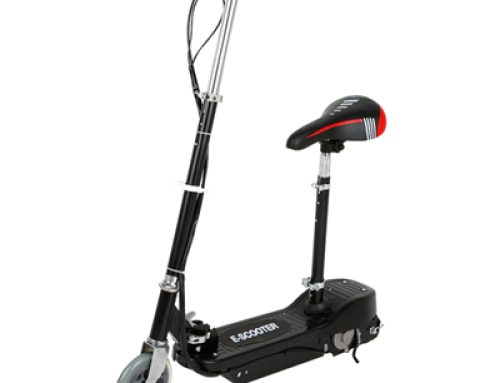The “hoverboards vs. skateboards” comparison is an interesting one, pitting traditional skateboards against the futuristic concept of hoverboards. Let’s explore some key aspects in this hypothetical showdown:
- Mobility and Movement:
- Skateboards: Skateboards rely on physical propulsion generated by the rider’s leg power. Riders push off the ground with their feet and use gravity and momentum to maintain speed and maneuver.
- Hoverboards: Hoverboards, as depicted in popular culture, would offer levitation and propulsion without the need for pushing. They could potentially offer a smoother and more effortless ride, allowing riders to glide over surfaces without friction.
- Skill and Learning Curve:
- Skateboards: Learning to ride a skateboard can be challenging, especially for beginners. It requires mastering techniques like balancing, pushing, turning, and tricks.
- Hoverboards: Hoverboards could have a shorter learning curve, as they might rely more on balance and body movement. However, mastering control and maneuvering in mid-air could present its own set of challenges.
- Terrain and Environment:
- Skateboards: Skateboards are well-suited for urban environments with smooth surfaces, ramps, and skate parks. Rough or uneven terrain can be more challenging to navigate.
- Hoverboards: Hoverboards would likely require specially designed infrastructure or surfaces for effective operation, making them more limited in terms of where they can be used.
- Energy Source and Sustainability:
- Skateboards: Skateboards are entirely human-powered, relying on the rider’s energy for propulsion.
- Hoverboards: Hoverboards would require an external power source, likely in the form of advanced batteries or energy systems. Depending on the energy source, their environmental impact and sustainability could vary.
- Speed and Maneuverability:
- Skateboards: Skateboards can achieve relatively high speeds downhill and offer a wide range of maneuvers and tricks.
- Hoverboards: Hoverboards could potentially offer controlled movement in multiple directions, but their top speeds and maneuverability would depend on the underlying technology.
- Safety and Risk:
- Skateboards: Skateboarding carries inherent risks due to the potential for falls and collisions. Protective gear like helmets and pads are recommended.
- Hoverboards: While hoverboards could provide a smoother ride, they might introduce new safety concerns related to controlling levitation and managing potential malfunctions.
- Cultural Impact:
- Skateboards: Skateboarding has a rich cultural history, associated with urban and youth culture, as well as artistic expression through tricks and skate park design.
- Hoverboards: Hoverboards, if they become a reality, would likely have their own unique cultural impact and associations with futuristic technology.
Ultimately, the “ultimate showdown” between hoverboards and skateboards depends on various factors, including the development of hoverboard technology, their practicality, safety, accessibility, and societal acceptance. As of my last update in September 2021, hoverboards remained more of a speculative concept, while skateboarding was a well-established and widely practiced activity. For the latest information, I recommend checking news sources and technology updates beyond that date.







